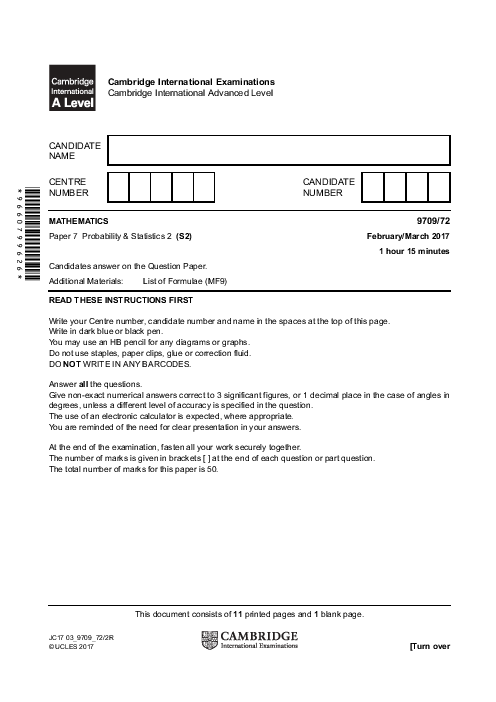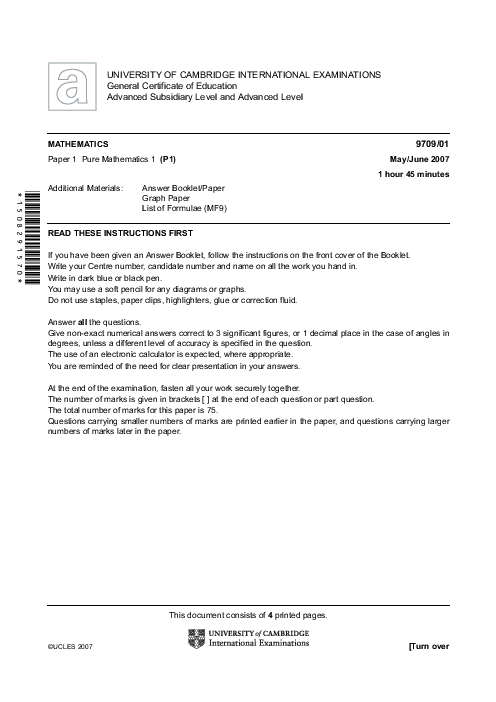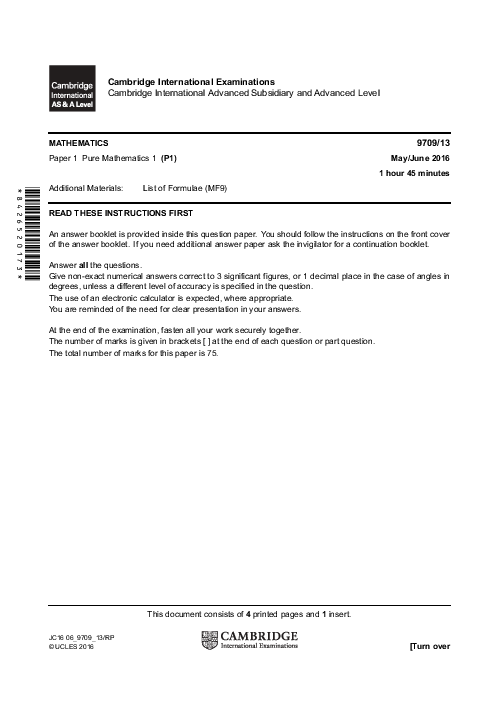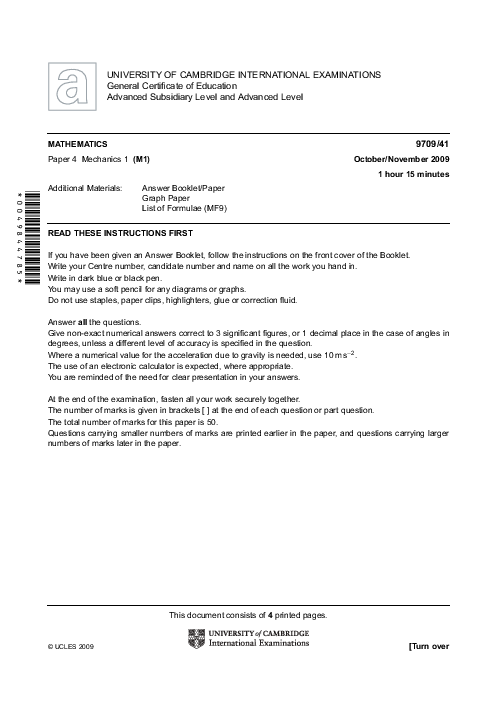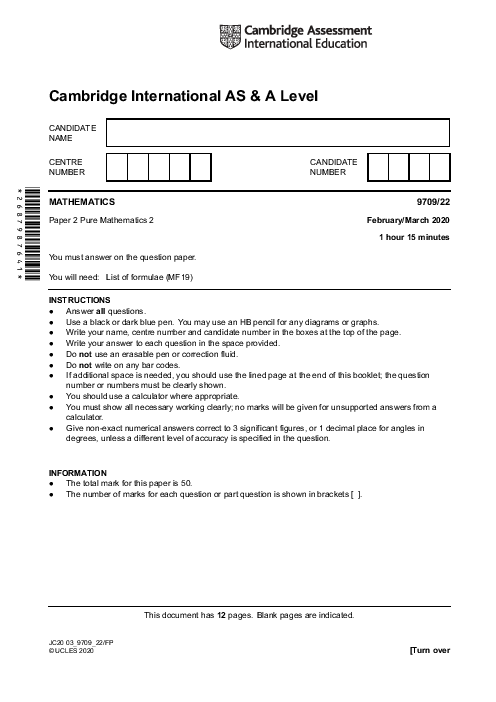A car of mass $1250{\text{ }}kg$ travels along a horizontal straight road. The power of the car’s engine is constant and equal to $24{\text{ }}kW$ and the resistance to the car’s motion is constant and equal to $R{\text{ }}N$. The car passes through the point $A$ on the road with speed $20{\text{ }}m{\text{ }}{s^{ - 1}}$ and acceleration $0.32{\text{ }}m{\text{ }}{s^{ - 2}}$.
a) Find the value of $R$.
The car continues with increasing speed, passing through the point $B$ on the road with speed $29.9{\text{ }}m{\text{ }}{s^{ - 1}}$.
The car subsequently passes through the point $C$.
b) Find the acceleration of the car at $B$, giving the answer in $m{\text{ }}{s^{ - 2}}$ correct to 3 decimal places.
c) Show that, while the car’s speed is increasing, it cannot reach $30{\text{ }}m{\text{ }}{s^{ - 1}}$.
d) Explain why the speed of the car is approximately constant between $B$ and $C$.
e) State a value of the approximately constant speed, and the maximum possible error in this value at any point between $B$ and $C$.
The work done by the car’s engine during the motion from $B$ to $C$ is $1200{\text{ }}kJ$.
f) By assuming the speed of the car is constant from $B$ to $C$, find, in either order,
(i) the approximate time taken for the car to travel from $B$ to $C$,
(ii) an approximation for the distance $BC$.
پاسخ تشریحی :
تحلیل ویدئویی تست
منتظریم اولین نفر تحلیلش کنه!






